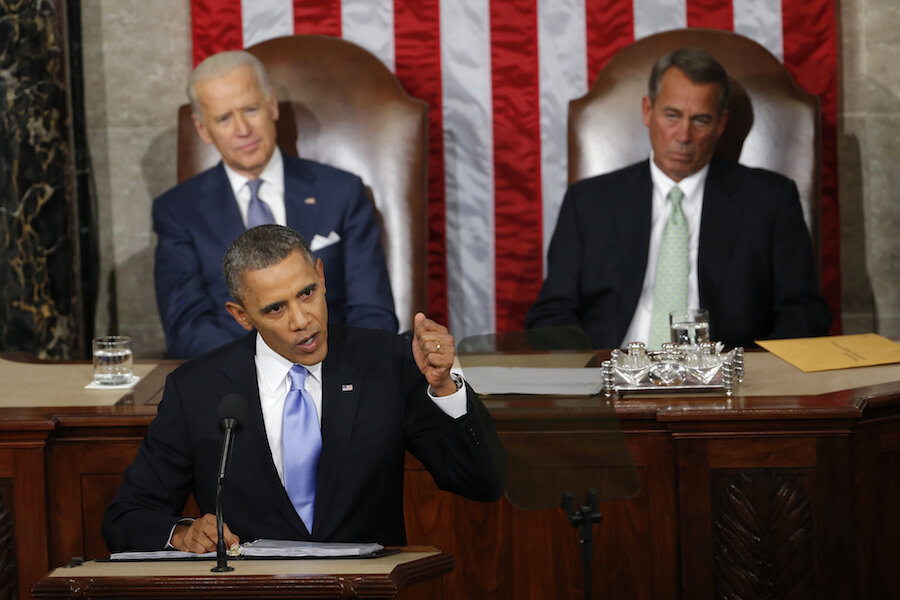No 401(k)? Consider a myRA
Loading...
Most people struggle to save for retirement. But those without an employer-sponsored retirement plan like a 401(k) — which is to say half of all American workers — struggle the most.
Just 12% of workers without a retirement plan report that they are “very confident” they’ll have enough money for a comfortable retirement, according to annual survey by the Employee Benefit Research Institute, a nonprofit, nonpartisan organization.
Enter the myRA: A new form of retirement account intended for workers without a 401(k), which was announced by President Obama in 2014 and is undergoing a slow rollout.
You may be thinking there’s already an account like this — it’s called an IRA. You’re correct. Think of a myRA as a Roth IRA with training wheels: You can save with payroll deductions, putting away as little as even $5 per pay period.
What’s a myRA?
The myRA is designed for an easy start: It requires no minimum to open the account, whereas Roth IRAs often require a minimum of $1,000 or more to begin investing.
Because myRAs don’t yet allow direct contributions, your employer must offer direct deposit and agree to initiate a payroll deduction from your paychecks into your account. The Treasury Department offers a form letter to help get your employer on board. Keep in mind that, like an IRA, the account is not tied to your employer, and it stays with you if you change jobs.
The tax structure for a myRA is exactly like that of a Roth IRA: Contributions are made with after-tax dollars, and withdrawals from the account are tax-free in retirement. The principal can be withdrawn at any time without tax or penalty, but any interest withdrawn before age 59 ½ may be subject to taxes and a penalty, unless a Roth IRA exception applies.
As with a Roth IRA, you’re eligible to make the full contribution of $5,500 per year to a myRA, if your adjusted gross income is below $183,000 as a joint filer or $116,000 as a single filer. That $5,500 contribution limit is for all IRA accounts combined. Once $15,000 in contributions has been made to a myRA, it is rolled over into a private Roth IRA.
Which is a better option: Roth IRA or myRA?
Roth IRAs give you access to a virtually unlimited pool of investments. You can take as much or as little risk as you’d like, setting up your asset allocation to invest entirely in stocks, entirely in bonds or — as most experts recommend — a mix of the two. The investments you choose will carry small fees, called expense ratios, that eat some of your return; these can be limited with index funds.
With a myRA, your contributions are invested in bonds backed by the U.S. government — so your initial investment is guaranteed — and there are no fees. The downside: These bonds offer a variable return currently averaging 3.19%. That’s considerably lower than the 7% annual average return on stocks that could come from a well-diversified long-term retirement portfolio through a Roth IRA.
The myRA is for someone who values safety over high returns, or can’t meet a minimum deposit for a Roth IRA. If the initial deposit isn’t an obstacle, consider that higher risk leads to higher reward in the long term: $15,000 invested at 3.19% over 30 years will grow to around $38,000; investing that balance at 7% would result in a sum closer to $114,000.
The bottom line
If you’ve shied away from IRAs because you can’t cover a minimum initial deposit, or you’re not comfortable taking risks with your retirement savings, the myRA can help you get in the game; there’s no minimum investment, you won’t lose principal, and the account incurs no fees.
But the real value of a myRA may be that it jump-starts a savings habit: Contributions are taken directly from your paycheck before you have a chance to spend that money elsewhere. There are also plans to allow taxpayers to direct all or part of their tax refunds into a myRA account.
If you’re already in the habit of saving or willing to take more of a risk, a Roth IRA is a better long-term option. You can set up recurring contributions from your bank to the account, mimicking the direct deposits of a myRA, and select an asset allocation that diversifies your investment to pull greater returns over time.
Either way, a retirement savings vehicle that acts like a 401(k) is a key step toward getting your financial priorities and goals in order.
Arielle O’Shea is a staff writer at NerdWallet, a personal finance website. Email:aoshea@nerdwallet.com.







